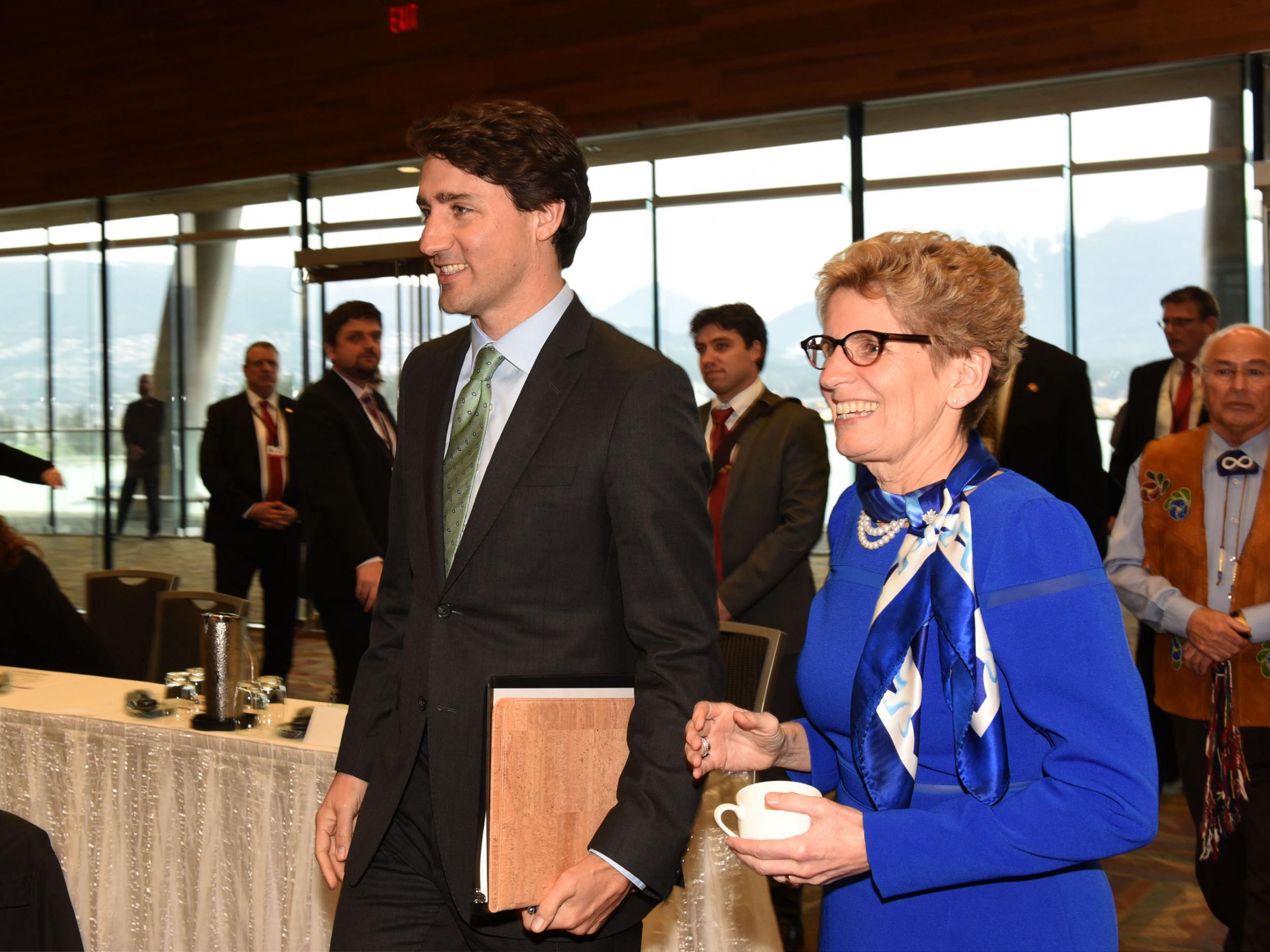Malicious software that blocks access to computers is spreading swiftly across the world, snarling critical systems in hospitals, telecommunications and corporate offices, apparently with the help of a software vulnerability originally discovered by the National Security Agency.
The reports of the malware spread began in Britain, where the National Health Service (NHS) reported serious problems throughout Friday. But government officials and cybersecurity experts later described a far more extensive problem growing across the Internet and unbounded by national borders. Europe and Latin America were especially hard hit.
“This is not targeted at the NHS,” British Prime Minister Theresa May told reporters. “It’s an international attack, and a number of countries and organizations have been affected.”






